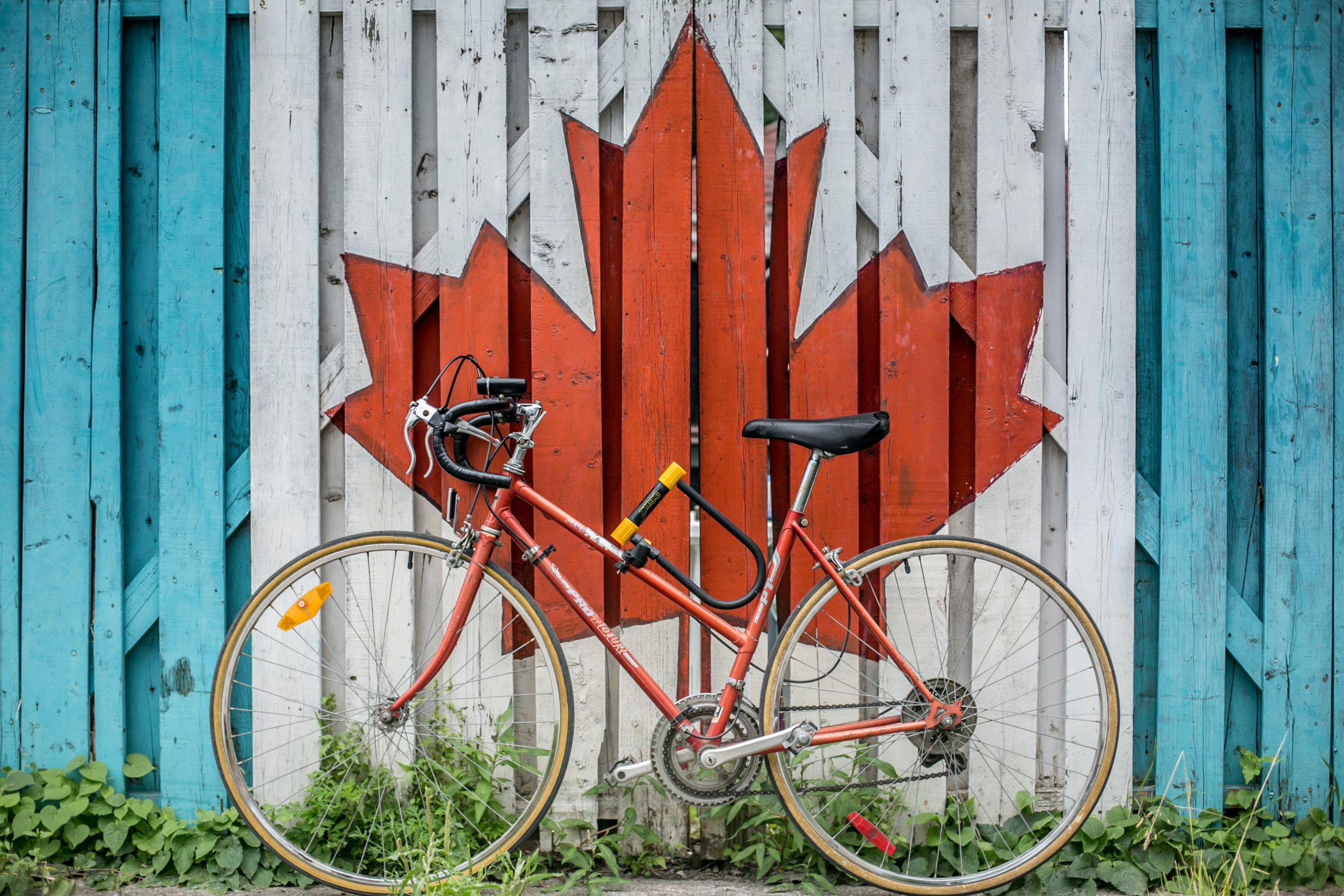Canada has now finally opened its borders to people from all over the world provided they are fully vaccinated and they have either a Canada visitor visa or an eTA to travel to Canada among other COVID-19 measures.
This post look at what you require to travel to Canada in 2021 on a visitor visa:
What's Covered in This Article
1. Be fully vaccinated
As a fully vaccinated visitor to Canada, you are exempt from quarantine and will not need to take a COVID-19 test on day eight of your trip.
Accepted COVID-19 vaccines for travel into Canada:
- Pfizer-BioNTech (Comirnaty, tozinameran, BNT162b2);
- Moderna (mRNA-1273);
- AstraZeneca/COVISHIELD (ChAdOx1-S, Vaxzevria, AZD1222); and
- Janssen/Johnson & Johnson (Ad26.COV2.S)
Check that you meet the requirements of fully vaccinated which means that you have:
- received the full series of a vaccine or a combination of vaccines accepted by the Government of Canada (Pfizer, Moderna, AstraZeneca, Janssen/Johnson & Johnson); and
- received your last dose at least 14 days before your arrival to Canada.
Make sure to carry a paper or digital copy of your proof of vaccination in English or French (or certified translation).
2. Take pre-arrival COVID-19 molecular test
All visitors to Canada who are more than five years old must provide one of the accepted types of Covid tests taken within 72 hours of their departure to Canada.
Antigen tests are not accepted for entry into Canada.
Accepted COVID-19 tests for travel to Canada
- PCR – Polymerase chain reaction;
- RT-PCR – reverse transcription real-time PCR;
- Quantitative PCR (qPCR);
- Nucleic acid test (NAT) or Nucleic acid amplification test (NAATs)
- Reverse transcription loop-mediated isothermal amplification (RT-LAMP)
- Isothermal amplification
- Droplet digital PCR or digital droplet PCR (ddPCR)
- Transcription-Mediated Amplification (TMA)
- RNA (Ribonucleic acid)
- Ct (cycle threshold)
- CRISPR
- Sequencing
- Next Generation Sequencing (NGS) or Whole Genome Sequencing (WGS)
- Oxford Nanopore sequencing (LamPORE)
- Detection of the N gene
- Detection of Orf1a/b
- Detection of the S gene
- Detection of the E gene
- Detection of the RdRp gene
3. Have a quarantine plan
A border service officer may randomly select you for randomized testing upon entry to Canada either by having you do a test at the border point or they may give you a home test kit.
Therefore, you must have a suitable 14 day quarantine plan, in case you don’t get the exemption or test positive after entry.
Click on this link here to assess whether your quarantine plan is acceptable.
You must then enter your quarantine plan into ArriveCAN and you may be asked to explain your quarantine plan at the border.
Information you need to enter into ArriveCAN before boarding your flight:
- Contact & travel information
- 14-day travel history
- Quarantine plan
- Confirmation of a negative pre-entry test (or positive test taken 14-180 days before travel)
- Proof of vaccination (must be in English or French, or a certified translation)
- COVID-19 symptom self-assessment



